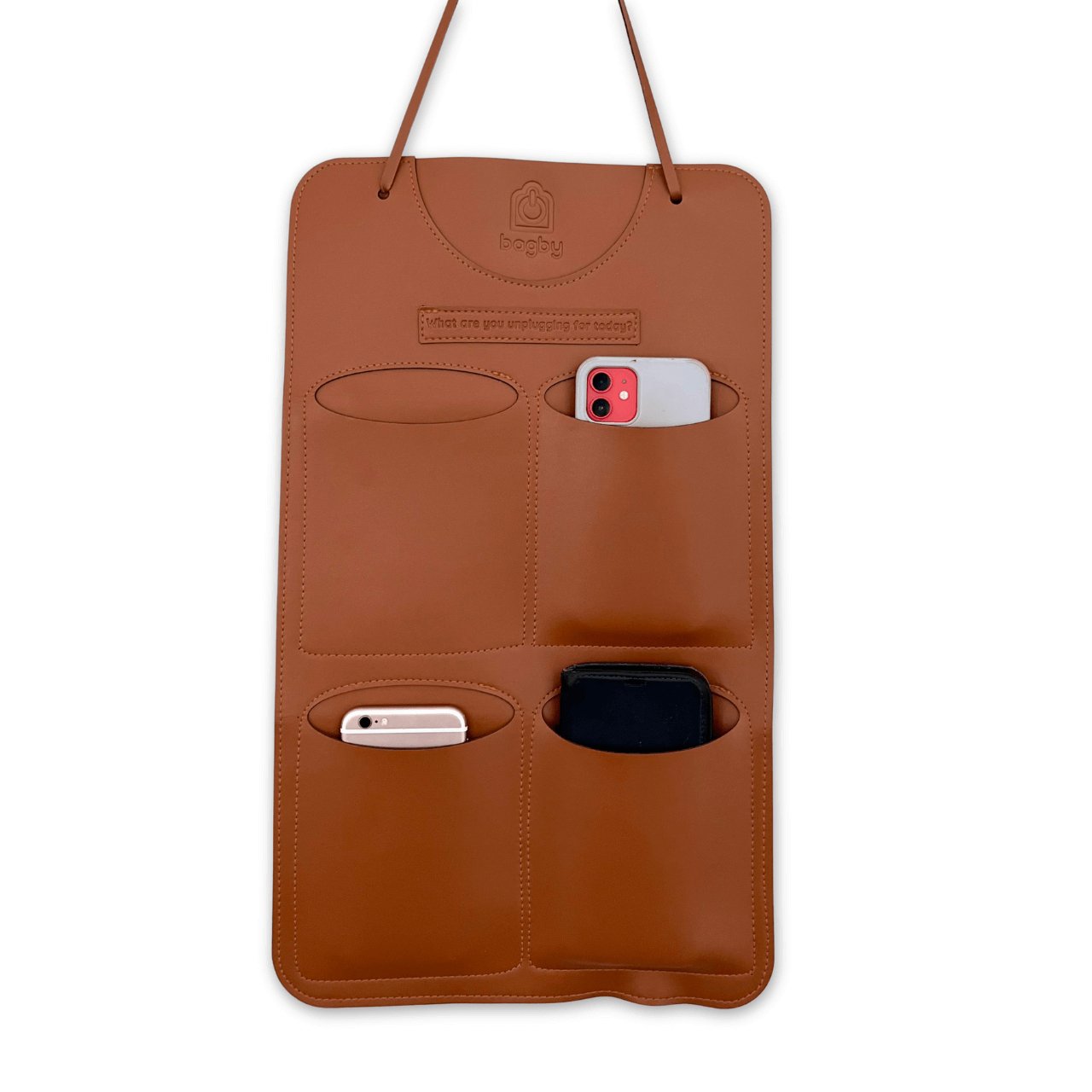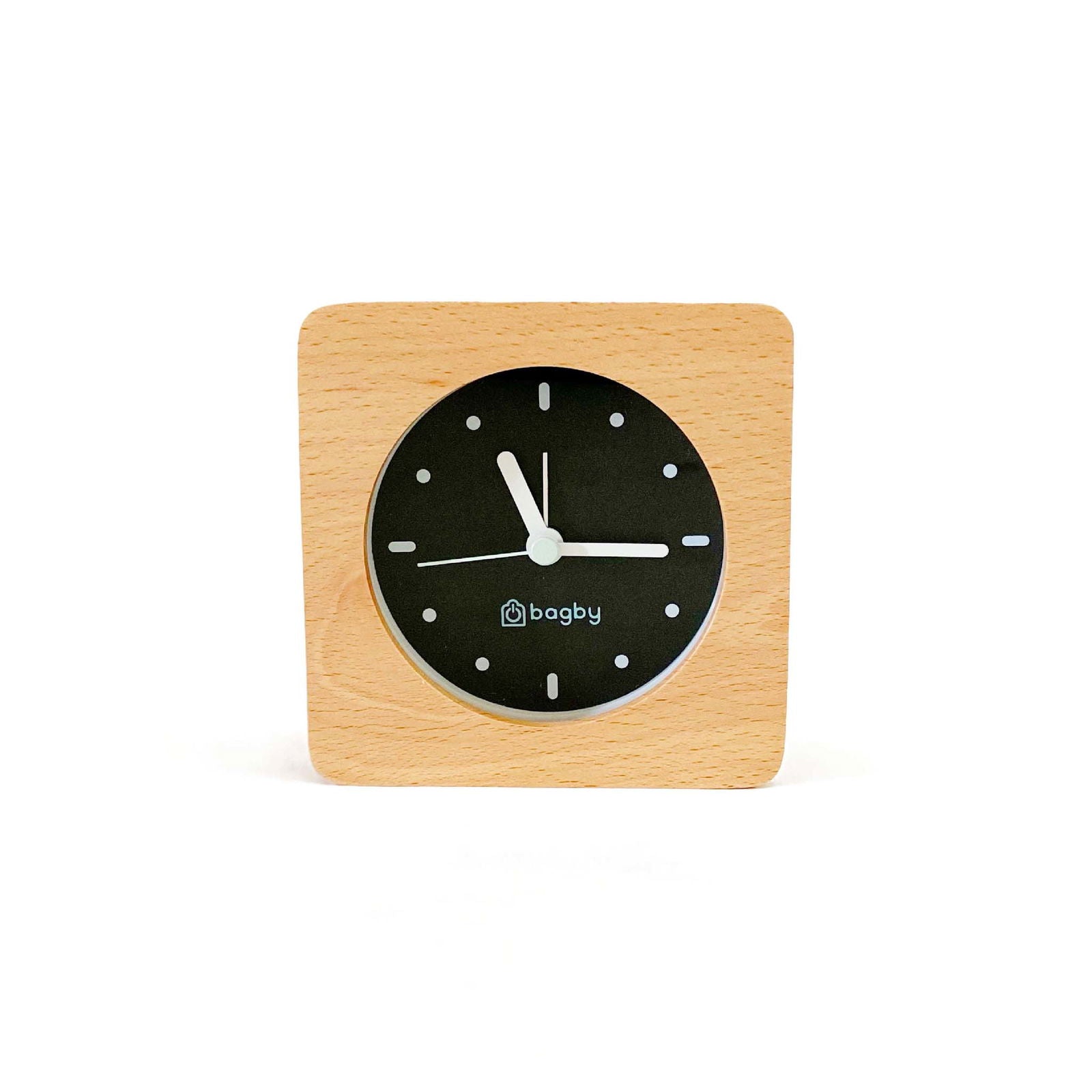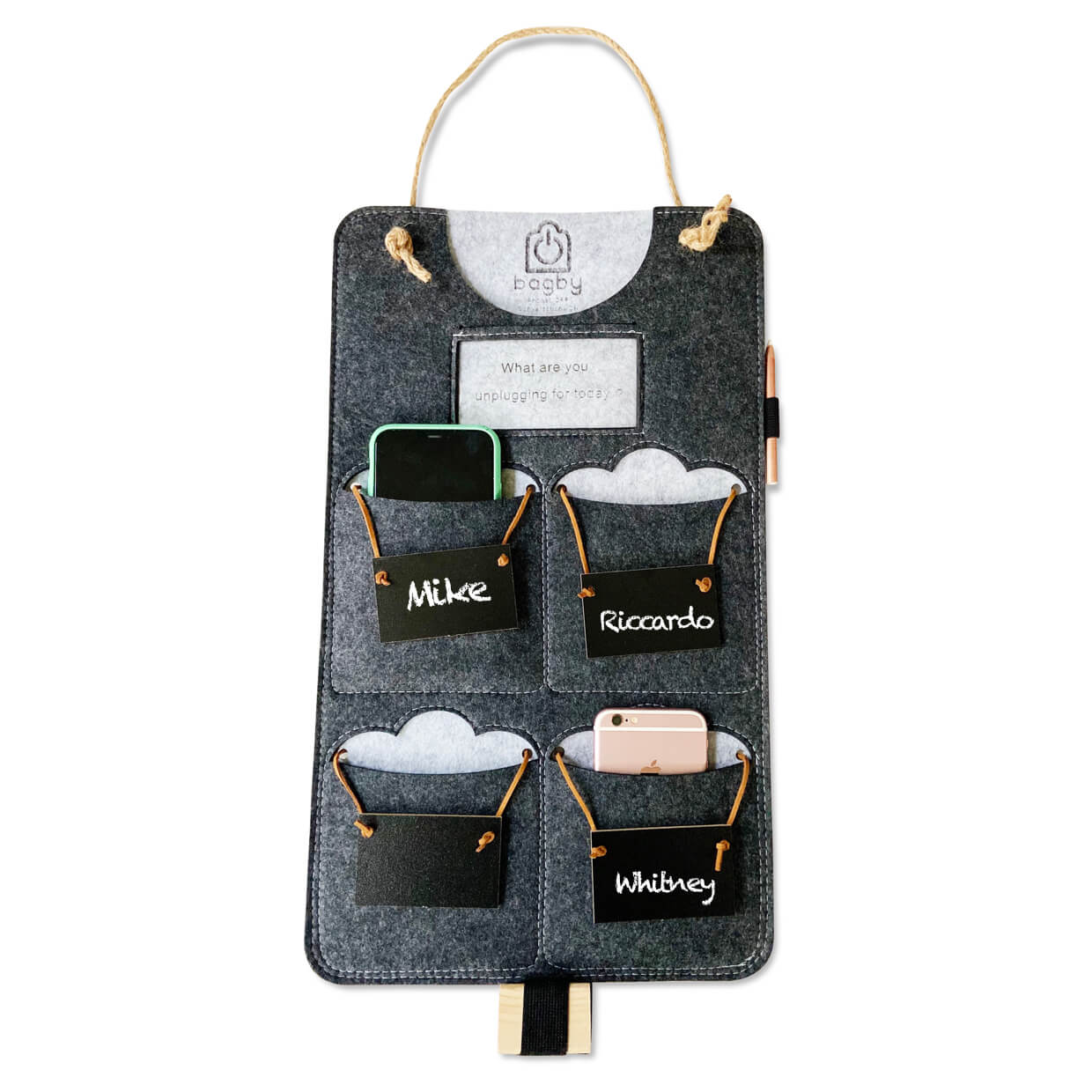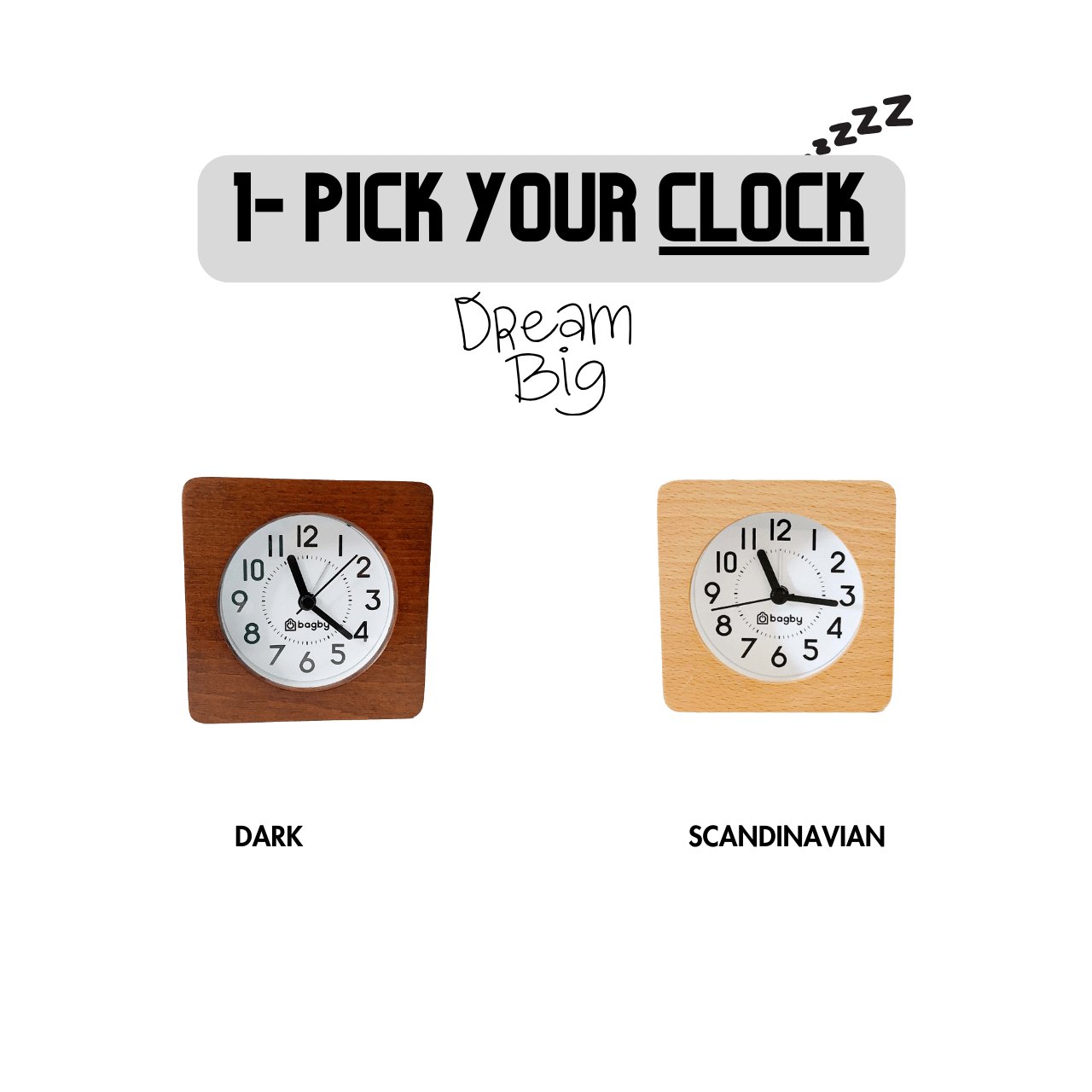When we’re emotionally attached to things, we tend to hold on to them—even if those things are not good for us.
That’s why, according to experts, tech addiction is something we actually choose to hold on to. We have an emotional attachment to our devices.
Moving forward in our lives implies ending one chapter and opening a new one. It implies letting go of attachments that no longer serve us.
In this guide, we’ll look at five ways you can become better at letting go, and, in turn, protect your physical, mental, emotional, and psychological health.
There’s a TL;DR at the end, which stands for Too Long, Didn’t Read. If you don’t have the time to read the whole text, you can jump straight to the bottom, where you’ll find a bulleted summary of the tips in this guide.
Let Go of Your Tech Addiction
One of the fundamental principles of mindfulness is “letting go.” We’re habituated to holding on to things, even though they hurt us.
For example:
- We know our time is better spent enjoying beautiful moments with our loved ones. Still, we choose to hold on to our habit of mindlessly scrolling social media feeds.
- We know our time is better spent working out than binge-watching media content, but we choose to do it anyway.
And this may not be our fault. We have an emotional attachment to our gadgets. They’re the first thing we see in the morning and the last thing we see before we close our eyes. They’re what we turn to when we’re alone, bored, or tense.

But before we know it, technology—much of which is designed to be compulsive—has pulled us deep into the pool of addiction. And once this happens, resurfacing is hard—but not impossible.
When you learn the art of letting go, you can train your brain to ignore your gadgets and be present in the real world whenever you want.
The Benefits Go Beyond Tech Addiction
Practicing letting go doesn’t just help with your tech addiction. The benefits reach other aspects of your life as well. Learning how to let go:
- Helps you gain confidence
- Improves your self-esteem
- Helps improve your physical health
- Lets you enjoy your life more
- Allows you to feel a sense of tranquility
- And improves your mental health
Five Ways to Learn to Let Go
“The only real battle in life is between hanging on and letting go.”
Shannon L. Alder
So, here are 5 ways to train your brain to let go instead of hanging on to your tech addiction.
Turn off Your Gadgets and Deal with the Real Situation
I can’t tell you whether or not you’re tech-addicted. It’s you who has to dig deep into your daily routine and find the answer to this question.
You’ll have to ask yourself, Why am I using my gadgets compulsively?
Often, people start using their gadgets uncontrollably to fill a void in their lives or escape something.
Soon, this turns into a habit. And without even realizing it, they develop a chronic tech addiction.
If you relate to this, you need to take the time to pause, reflect and get to the core of why you’re doing this.

Do you lack purpose or meaning in your life? Are you avoiding an uncomfortable relationship? Are you bored, stuck in unhealthy habits, or craving validation because you suffer low self-esteem?
Whatever it is, once you know, you’ll have to deal with the actual situation.
After you acknowledge and start to deal with what’s fueling your tech addiction, it will be easier to convince yourself that it’s time to let go of your compulsive tech use.
Clean Up Your Phone
Another step to take is to check your phone and clean up apps that don’t add any value to your life. This includes games that you spend hours playing, social media apps that you use only to waste time, and news apps that induce doomscrolling.
It’s hard at first to let go of these apps, but soon you’ll stop feeling their absence.
Note that you don’t have to quit using these services completely. You can easily use your social media accounts in your browser. Just be sure to keep a time limit.
And as for news, you can easily get your daily news online from reputable sources.
Finally, you can replace your mindless games with sudoku, chess, and other games that are good for your brain.
Reconnect With People Who Care About You
Another way of letting go of your compulsive tech use is to reconnect with people who care about you.
Even though right now it may feel like you’re all alone, as addictive tech use has this kind of effect on your psyche, if you simply turn off your gadgets and look around, there are people who care about you and would be happy to help you deal with your tech addiction.

Besides that, reconnecting with people is also a great way to boost your emotional intelligence, social anxiety, self-esteem, and confidence.
Engage Yourself in Other Activities
Substituting is one of the best methods of dealing with any addiction. When you start engaging yourself in other offline activities where you’ll be surrounded by people, and can’t use your phone, soon, it will become a habit for you. You can take up activities like:
- Going to the gym
- Joining a club
- Volunteering for charity
- Or simply hanging out with friends
Just be sure to take up activities that include other people and don’t give you a reason to be on your phone.
Learn From the Tradition of Destroying Sand Mandalas
Sand mandalas are beautifully crafted pictures of deities using different colored sand. These come from the Buddhist tradition, and monks work weeks to create them.
But the attractive images aren’t what makes the tradition of sand mandalas so intriguing.
After weeks of hard work, once these mandalas are complete, the monks start destroying them.
One monk takes a paintbrush and slowly and carefully sweeps the sand from the perimeter to the center of the mandala.
The mandala’s destruction serves as a reminder of the impermanence of life.

This is one of the best ways to practice the art of letting go. No matter how much importance something holds in your life, you can let go and be fine.
Since learning to let go with mandalas isn’t possible for everyone, you can get yourself a Buddha Board.
Buddha Boards are inkless drawing boards that can help you learn the art of letting go.
Designed with special materials, the Buddha Board only requires water to draw. Just take the bamboo stick, dip it in some water, and you can start drawing.
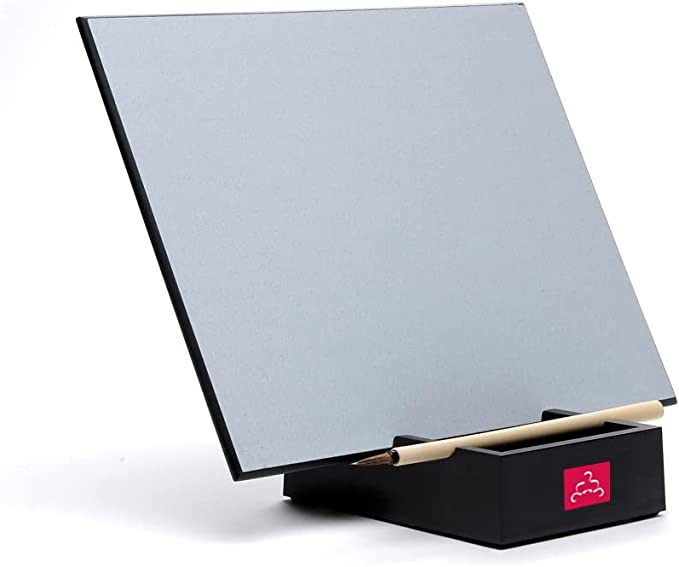
Now, you can create the most beautiful art in the Buddha Board, but once the water evaporates, it will return to its original “blank slate” without flaws, bubbles, or peeling.
This is a great tool for learning how to not get attached to things. In time, you’ll be able to transfer this skill to your devices as a way to combat your tech addiction.
TL;DR
If you’re here after reading the whole guide, I’d like to thank you for supporting our efforts to make your relationship with technology a safer, healthier one.
And if you’re here because you don’t have time to read the whole text, here’s the TL;DR as promised.
Turn off your gadgets: Put your devices aside for a while and try to get to the bottom of why you’re using them compulsively.
Clean up your phone: Delete apps and games that take up a huge amount of your time.
Reconnect with people: There are people around you who care about you and would be happy to help you deal with your tech addiction. Find them.
Engage yourself in other activities: Take up activities where you’re surrounded by other people and you don’t have a reason to use your phone.
Learn from the tradition of destroying sand mandalas: It’s an old Buddhist tradition in which they create beautiful sand art, only to destroy it once it’s done.







